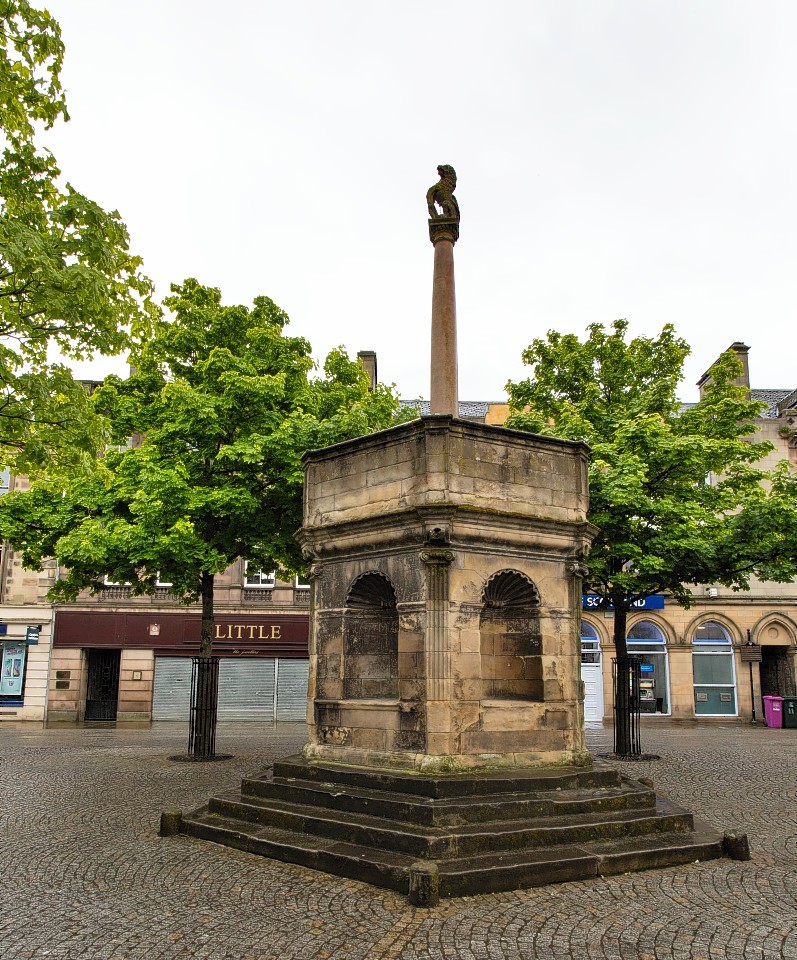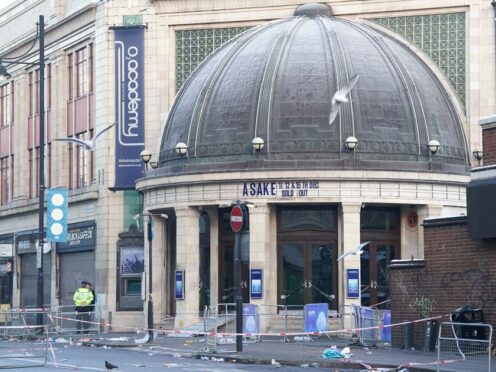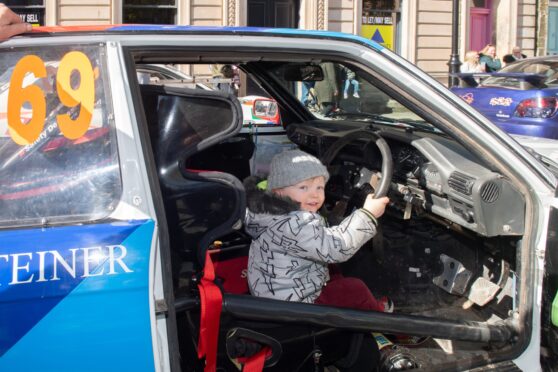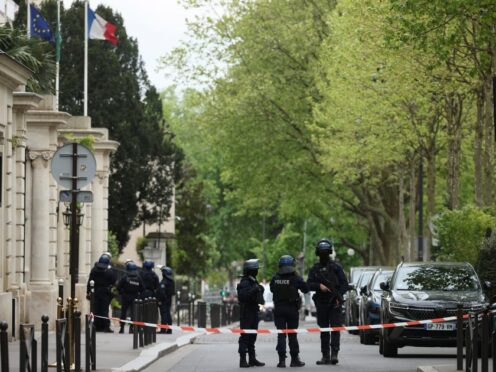Moray residents are being encouraged to uncover the history behind some of the area’s oldest and most interesting buildings.
A Historic Scotland group dedicating to learning more about the nation’s town centres has highlighted those found in the county as being of particular interest.
The Scotland’s Urban Past project is recruiting inquisitive inhabitants of the region’s main towns to record “little local landmarks”.
Organisers are urging people to become “urban detectives” and snoop into the stories behind some of the oldest attractions in the centre of their communities.
Any information they glean will be added to an online database, along with photos and location coordinates.
Organisers have drawn attention to Elgin’s Mercat Cross, more commonly known as the Muckle Cross, as being a perfect example of the type of landmark they are eager for people to investigate.
A monument was first assembled on the town’s Plainstones during the 14th century as a celebration of the town’s right to hold a market.
However, the original structure was removed in 1792 and the present cross is a replica, erected on the old site in 1882.
The team behind a project to link three of Elgin’s most storied landmarks via a tourist trail believe the initiative perfectly compliments their quest to highlight the town’s past.
The Castle to Cathedral to Cashmere scheme’s chairman, Jim Royan, said: “This fits in extremely well with our project.
“We are attempting to bring the last 1,000 years in Elgin to life, and help people appreciate the value of the history we have in the town.
“And there is a huge amount of information in the archive at Elgin Library, if people do want to become amateur detectives and uncover the past of certain parts of the town.”
Mr Royan said he and his colleagues are currently researching local historical information to be displayed on plaques along the trail.
Scotland’s Urban Past is a five-year community engagement initiative that has been launched as part of the nation’s year of innovation, architecture and design.
Information submitted by residents will become part of Canmore, Scotland’s online record of architecture, archaeology and industry.
The database stores images and information about more than 320,000 sites in Scotland.










